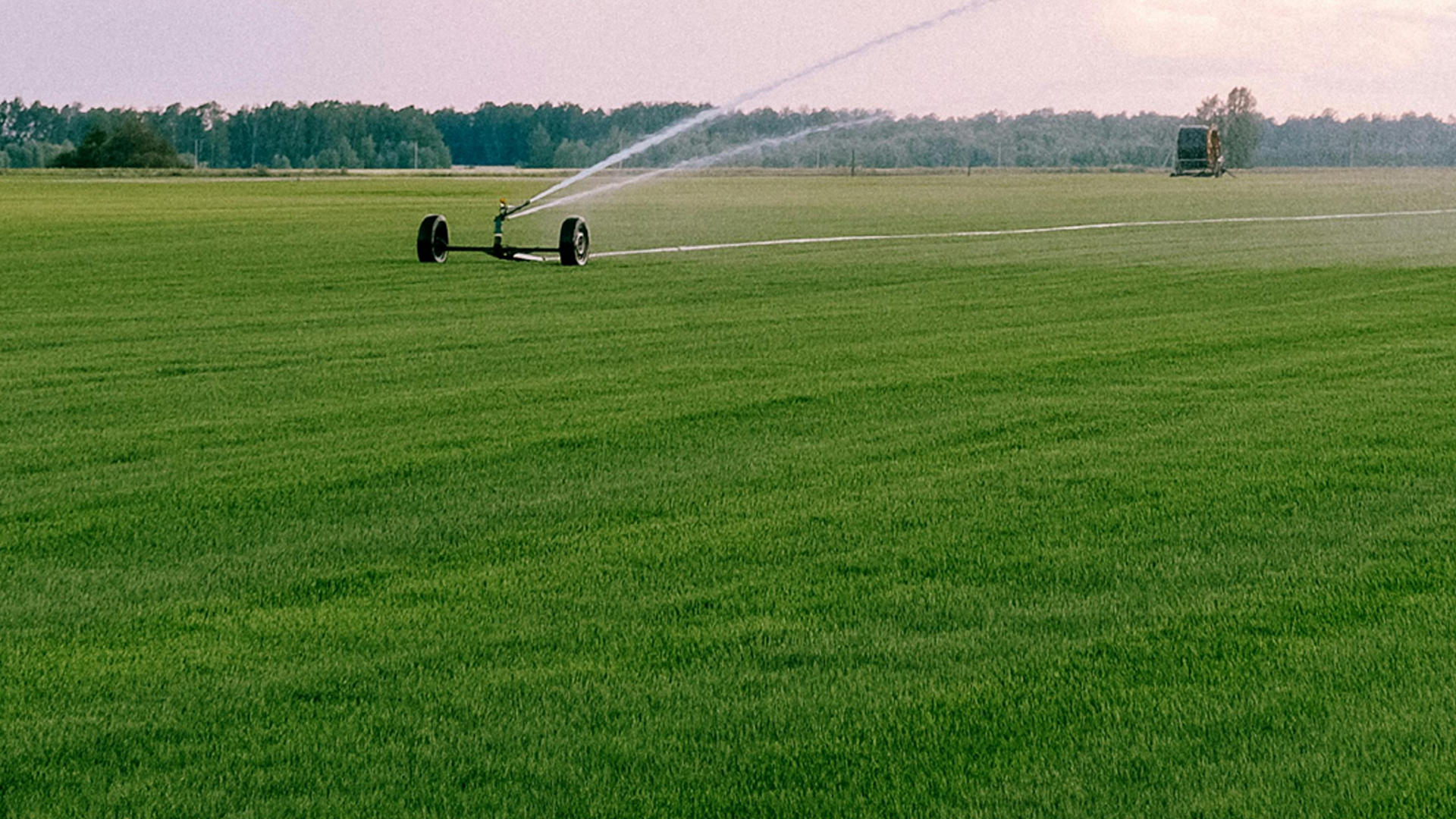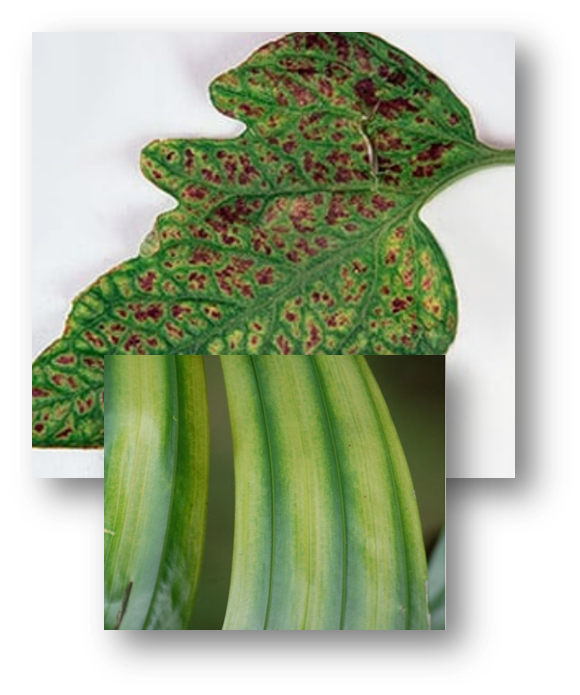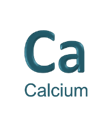
KNOW MORE

Hidden in the heart of each chlorophyll molecule is an atom of magnesium (Mg), making the nutrient actively involved in photosynthesis.
Magnesium also aids in phosphate metabolism, plant respiration and the activation of many enzyme systems. Magnesium is mobile within the plant and moves easily from older to younger tissues. Plants require Mg to capture the sun's energy for growth and production through photosynthesis. When Mg deficiencies occur, the lower (older) leaves are affected first. The most common source of Mg is dolomitic limestone, which provides both calcium and Mg, while neutralizing soil acidity. Magnesium acts as a phosphorus carrier in plants, and is required for better root formation and thus for better nutrient and water efficiency in plants. Symptoms of deficiency can vary across crop species, but similarities exist for how nutrient insufficiency impacts plant tissue color and appearance. Nutrient deficiencies are commonly associated with the physical location on the plant (i.e., whether the symptoms are primarily observed on older versus newly formed plant tissue), but these symptoms can spread as the severity of the deficiency progresses.MAGNESIUM
The Power of Magnesium
Mobility
Photosynthesis
Magnesium Deficiencies
Magnesium Source
Phosphorus Carrier
Magnesium deficiency symptoms
PLANTAUX
MICRO-NUTRIENT

PLANTAUX
MACRONUTRIENT

PLANTAUX
SECONDARY NUTRIENT

PLANTAUX
BIO-FERTILIZERS / BIO-CONTROL AGENTS
Always read and follow label directions. . Results may vary depending on soil, climate or other conditions.
© 2024.All rights reserved. PLANTAUX.




























